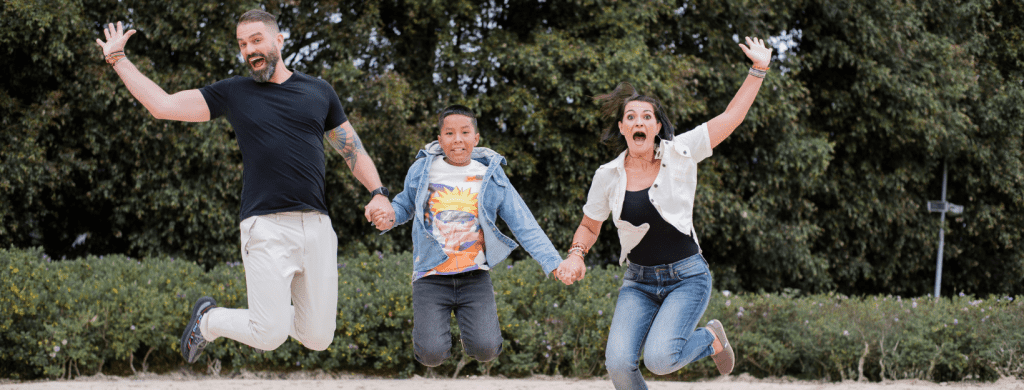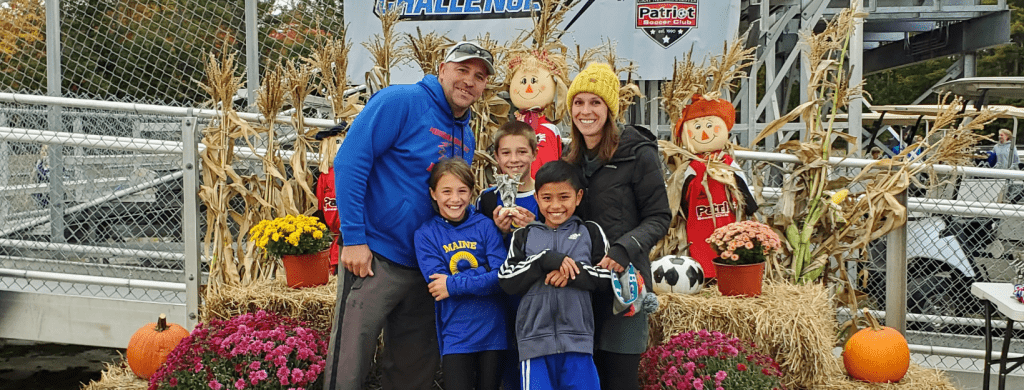Read below to learn about how the McPartland family is thriving through ADHD.
“We do timers for meals, repeating 3 step directions, eye contact, eye contact, eye contact, eye contact, identifying feelings, and learning how to cope with feelings (breaks or Trauma Release Exercises).“
Our son was diagnosed with ADHD, among other diagnoses in Taiwan. We have been home for 14 months and ADHD seems to be the most prevalent diagnosis. When we adopted, he was 6 ½ years old and full of spunk. He still is! Being a special education teacher, I have experienced many children with ADHD in my teaching career. ADHD was not something that I was concerned about when bringing him home. Keeping structure, routines, and predictability are critical. Also, because of the language barrier, I knew we would need to be drawing a lot of visuals.
Preparing for our trip to Taiwan, I brought a few things with us: a small notebook for our visual schedule, Woody Goes to America travel book (a book I made of the process of the airport for our son), a sign language communication book with English and Mandarin (our family’s primary mode of communication is sign language), a calendar with pictures of when we would leave and lots of stickers.
After getting custody, we drew out a stick figure schedule so our son knew what would come next. We could not imagine being almost seven years old, being taken away from the only home you know, and leaving with strangers. We needed him to feel comfortable. We used this technique religiously for months, and what we found is he began to trust us because we would keep our word about what would happen next. This schedule was very daunting at first, but we got good at drawing stick figures! We slowly left blank spaces for “unscheduled times” and changes in the schedule. When changes happened, we talked about how things were unexpected in a controlled environment. We no longer use the stick figure schedule every day. We only use it on holiday breaks when we have visitors or are on vacation (I make him a vacation picture book), anything that is out of the ordinary to help him.
We do timers for meals, repeating 3 step directions, eye contact, eye contact, eye contact, eye contact, identifying feelings, and learning how to cope with feelings (breaks or Trauma Release Exercises). We do so many things daily that we no longer think about because it has just become second nature to our family. We are currently in the process of our second adoption of an older child from Taiwan. This time around, we are not as concerned about special needs. Adopting an older child can come with many fears. But at the end of the day, these sweet “older children” are still babies who need a family.
If you are interested in adopting from Taiwan, please email us at taiwan@ccaifamily.org or click here.








